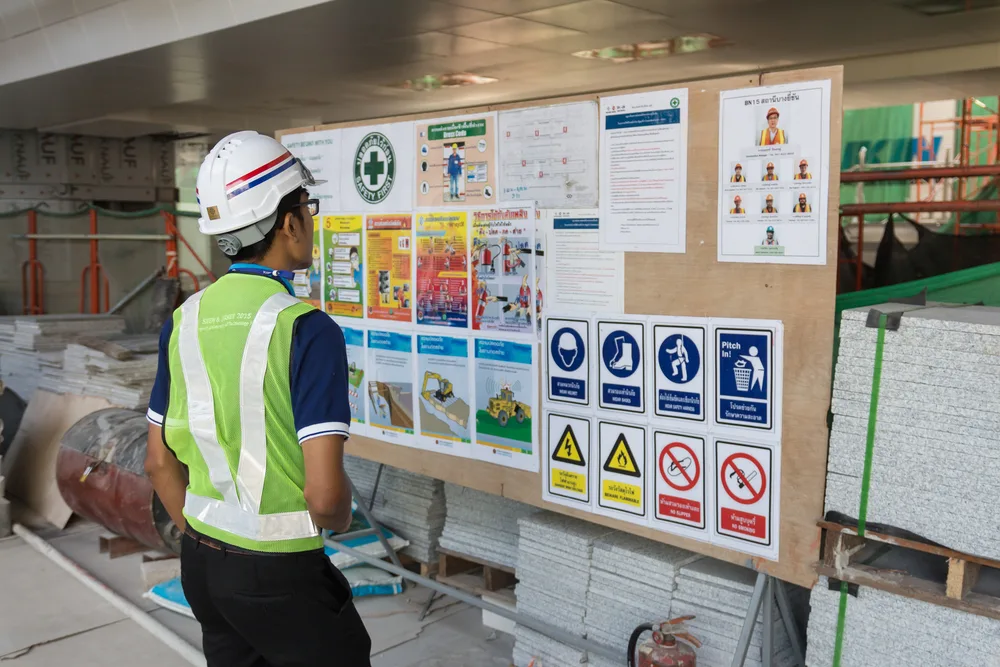Introduction:
The need for rigorous occupational health and safety (OHS) training in the oil industry is underscored by significant incidents such as the 2010 Deepwater Horizon explosion, the 2005 Buncefield oil depot explosion, the 1988 Piper Alpha disaster, and the 2005 BP Texas Refinery explosion. These events highlight the critical importance of robust safety practices.
Despite considerable investments in training Team Leaders, Managers, Engineers, and Supervisors on improved production methods, incidents continue to occur, resulting in human and financial losses. This OHS course aims to address these issues by enhancing occupational health and safety practices.
Participants will gain a thorough understanding of OHS concepts and develop skills to improve safety within their organization. The course focuses on optimizing performance through better delegation of authority and responsibility, covering areas such as Safety Management Systems, Hazard Management, and Process Safety Management.
Objectives:
At the end of this Diploma in Occupational Health and Safety Management (OHS) course, participants will be able to:
- Increase their capacity to investigate and identify root causes of incidents in the petroleum and construction industries.
- Evaluate and manage all hazards and risks in their workplace.
- Familiarize themselves with risk assessment techniques specific to oil and gas.
- Implement advanced risk management strategies for incident prevention and control.
- Highlight key regulations for enhancing safety in the construction industry.
- Describe hazard risks and control measures.
- Outline general risks and risk management for scaffolding work.
- Explain incident investigation procedures and how to use lessons learned to improve industry health and safety.
- Describe hazards associated with oil and gas operations, including extraction, storage, and processing.
- Define risk management strategies used in the industry.
- Justify the need for and provide evidence to demonstrate that systems are safe within the oil and gas industry.
Training Methodology:
- Simulations
- Workshops
- Role-Playing
- Scenario Analysis
Course Outline:
Unit 1: Health, Safety, and Environment Management and Related Studies
- Incident investigations and management
- Risks in oil and natural gas
- Risk management methods in the oil and gas sector
- Safety management models
- Hydrocarbon process safety
- Construction Process Safety Management (CPSM)
Unit 2: Building Blocks of Process Safety
- Learning from accidents
- Good practice standards (EU and USA)
- Permit-to-work systems
- Case studies
- Shift handover principles
Unit 3: Hazards and Controls
- Thermal and noise hazards
- Electric shock
- Hazards related to work equipment
- Moving loads
- Workplace hazards (temperature, slips, trips, heights)
- Transportation hazards
Unit 4: Hydrocarbon Process Safety
- Causes of failure
- HCC Control Automation
- Hydrocarbon spill control
- Plant operation and maintenance
- Fire risks and control methods
- Boilers and furnaces operation
Unit 5: Risk Assessment Techniques
- Assessing risk levels
- Hazard and Operability Study (HAZOP)
- Failure Modes and Effects Analysis (FMEA)
- Bow-Tie Model
- Safety integrity level (SIL) specifications
- Hazardous area classification
Unit 6: Fire Protection and Emergency Response
- Fire and explosion risks in oil and gas fields
- Types of fires and explosions
- Fire and explosion risk analysis
- Protection systems
- Emergency response plans
Unit 7: Construction Safety Management
- Construction safety orientation
- Cost control and risk assessment for construction activities
- Safety management in construction
Unit 8: Safety and Health in Construction
- Health and safety control in construction
- Proactive safety planning
- Construction plant and equipment
- Health and safety considerations
Unit 9: Health & Safety for Scaffolding
- Health and safety control in scaffolding
- Scaffold erection, dismantling, and modification
- Construction scaffolding health and safety
Unit 10: Safety Advisor Development
- Roles and responsibilities of safety advisers
- HSE leadership and company representation
- Managing change
- Regulatory compliance
- Risk and hazard assessment and reporting


















